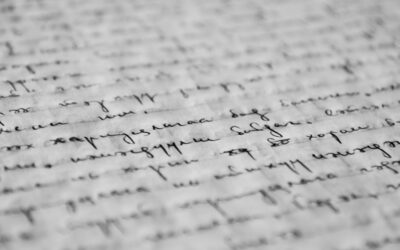Many art therapy clients find that it is through the artist identity that they experience strength and empowerment because it creates a space of possibility where nothing is right or wrong and there are no bad or good feelings. Anything goes.
In art therapy, we do not diagnose but support the client in finding their own path to recovery through art. We’re moving from the therapist role to the facilitator role. Here, therapist and client are equals as they explore topics together and are therefore collaborative partners. The approach is not hierarchical, but democratic, meaning we don’t know more or better than the client/participant what the problem is, but open-mindedly explore progress and regression/development in exchange. We are an artist together with the client. We let art, imagination and play pave the way to relief, hope and meaning. We adopt an open human attitude that everyone is different and has their own “language”.
Exploring artist identity
To empower the client in their new artist identity, you can explore the concept of the artist or ‘being creative’ together. Examining the concept can help create a greater realization of the new identity so that the client can continually revisit the strength of the concept. A so-called protreptic dialog can be used as a starting point. (See second article on the platform), which examines the concept on a general human level.
Questions that can be asked are:
- Why are creativity and art essential to our lives?
- What human qualities does it take to be creative?
- What’s positive about art? Does it make sense? Does it bring joy?
- What about the negative? For example, shame or insecurity.
- What is your story as a creative individual?
- We support an opportunity space
It is the facilitator who supports creating an environment where others can realize their creative potential rather than placing themselves at the center of the activity with the need to control, direct and orchestrate outcomes.

Example
It’s a special mindset where the therapist must sense when to co-create and when to withdraw to make space. If the client’s creative energy is low, you can dwell on what’s happening or come up with ideas without locking yourself in, but offer different options. For example, “Does it make sense to paint a sun on my face?” or “What could express energy and drive?” The task is to open up possibilities without forcing the process. This also means taking a break and stepping away from the work with the client to see it from a different perspective.
Throughout your work with the client, it can be beneficial to revisit the artist identity to reinforce playfulness, the space for possibility and the courage to fail.



